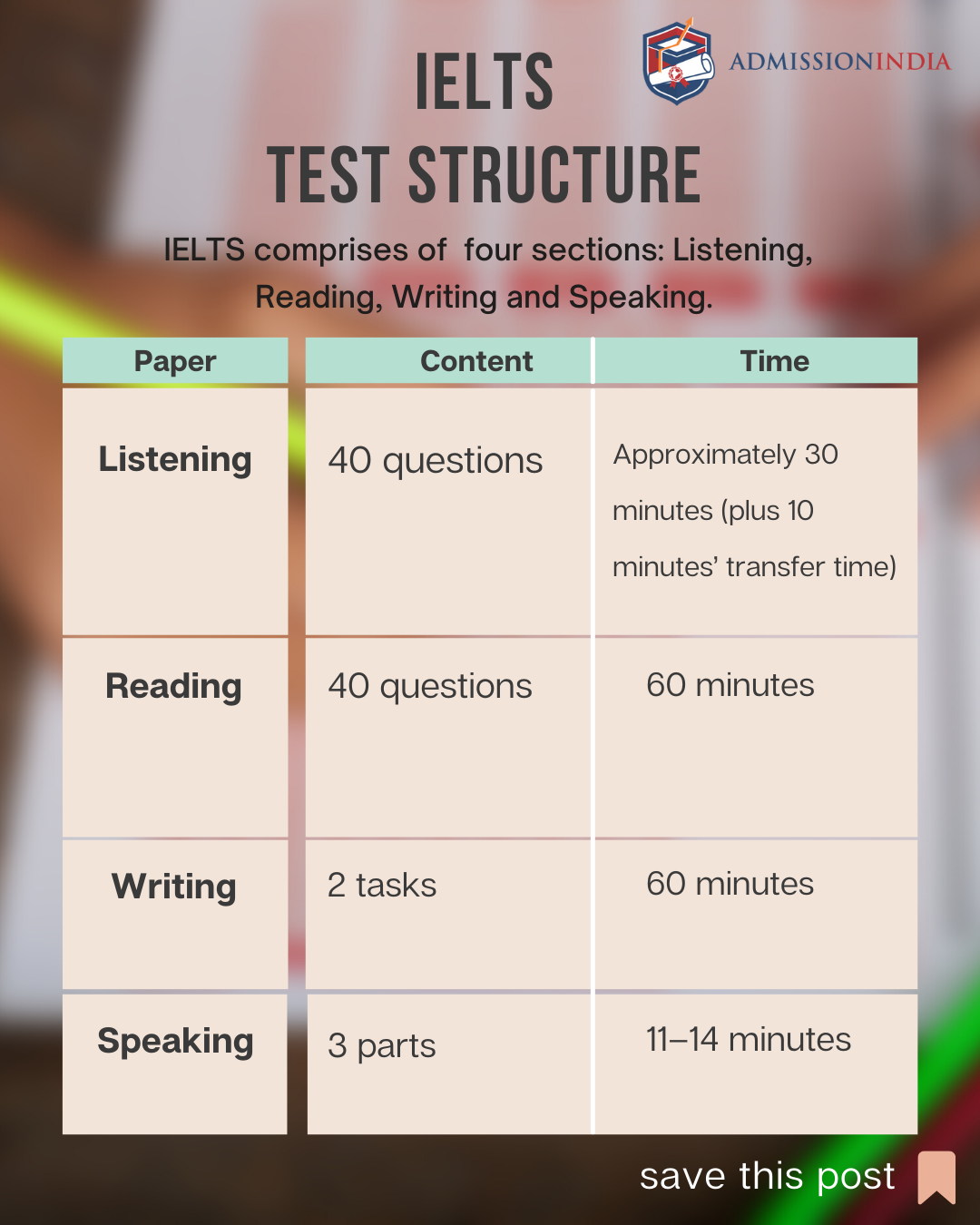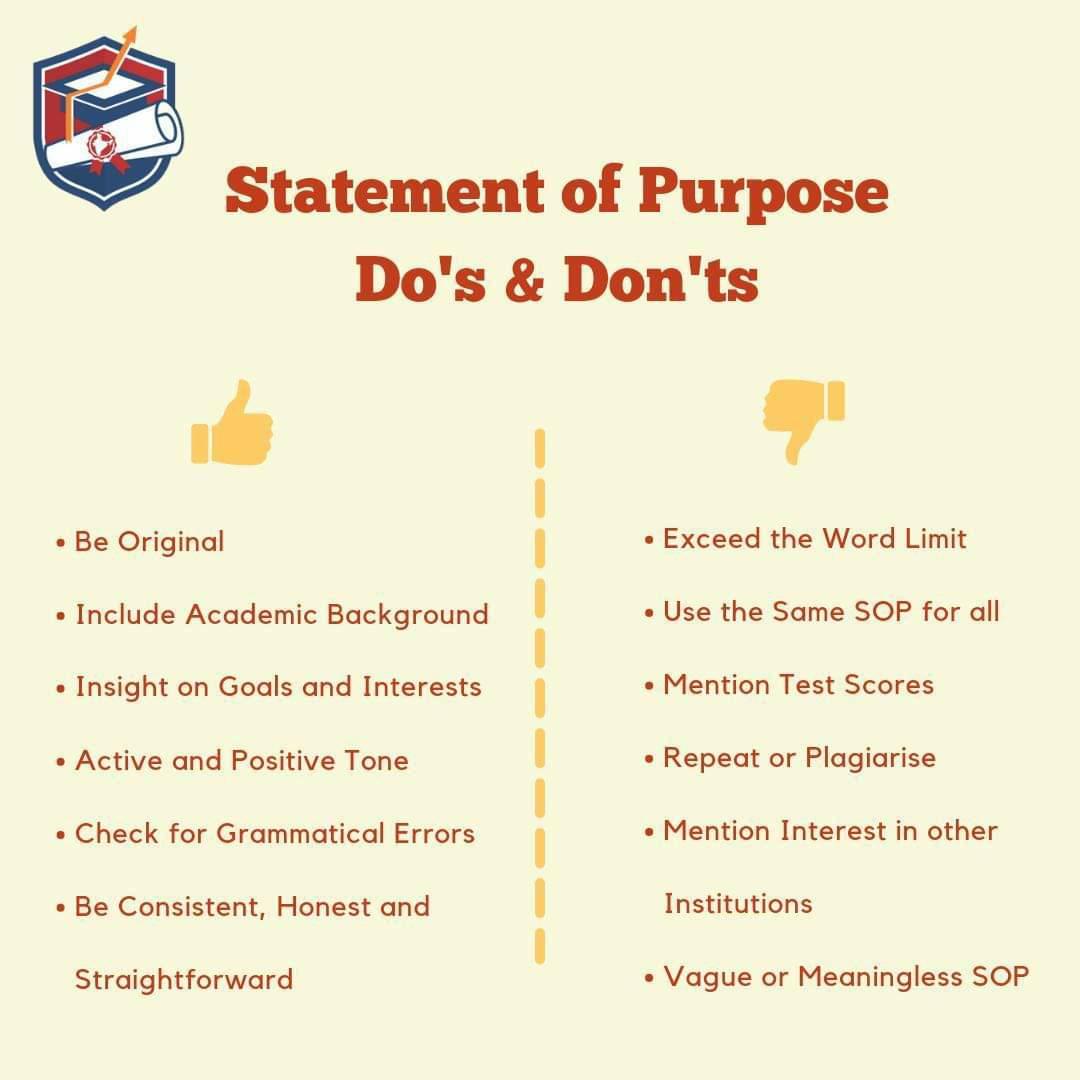As most students probably know, the IELTS assesses the overall English proficiency of students in listening, speaking, reading and writing. However, what most students fail to recognise is the need to identify which skill they are most confident with and the ones they need to improve on. This recognition enables them to maximise their learning with a focus on improving the right skill.
For students to identify their strengths and weaknesses within a particular skill they should ideally be able to identify the sub skills that are within listening, speaking, reading and writing. This step of identification of sub skills is likely to help them focus on their weakest skills while helping them improve in the overall test.
In the following section I have provided a further breakup of each of the IELTS skills into sub-skills.
- IELTS Listening:
- Listen to understand the main ideas.
- Listen for detailed information.
- Recognise the opinions, attitudes and purpose of the speaker.
- Follow the development of an argument.
- IELTS Speaking:
- Speak fluently and in a manner that is understood by others.
- Use a suitable variety of vocabulary and grammar.
- Pronounce words accurately.
- IELTS Reading:
- Read to understand the gist, and what the topic is about.
- Read to understand the main idea.
- Understand detailed information within the text.
- Understand inferences and implied meaning in the text.
- Recognise the writer’s opinion, attitude and purpose.
- Follow the development of an argument.
- IELTS Writing:
- Include appropriate content.
- Understand how to organise sentences and paragraphs.
- Organise ideas and information correctly.
- Use the appropriate range of vocabulary.
- Use correct grammar.
Students are required to look at each skill and sub-skill, and then identify which skill they are good at and, which requires an improvement. However, understanding the above sub-skills is not usually straightforward for a student.
The following are a few methods that are suggested to assist students with further helping them identify their strengths and weaknesses:
- Paying attention to feedback: Take an initial IELTS assessment, the results of which will help you identify which of your skills are stronger than the other.
- Based on the results of the initial assessment students are encouraged to think about which part of the IELTS was difficult to tackle.
- Lastly, practice and practice! Regular practice of mock tests will build up the level of confidence in students and increase their chance of getting similar questions right the next time around.
Choosing the right skills and sub-skills to work with, allows students to turn their weakness into strengths, thereby resulting in a feeling of being happy and confident with taking the IELTS.
Nevertheless, students should avoid the feeling of overconfidence whereby they focus all their attention on their weaknesses and ignore improving their strong points. Students are advised to improve the skills they are already good at, stay motivated, while continuously making a progress in their weakest areas. What is recommended here is for students to use the interdependence of all the four skills to develop each skill independently. As an example, listening to an audiobook or the News before reading it could help improve both the listening and reading skills. Also, discussing ideas and writing plans with a partner before attempting a writing task could help develop both speaking and writing.
In conclusion, appropriately using language strengths could be to the advantage of students as it helps them make the best use of their study time.








